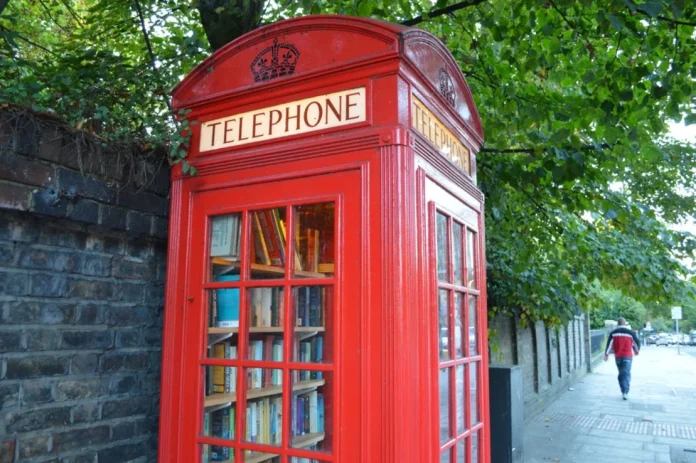Red telephone boxes are the most iconic image of Britain, one of the most important associations with the country, along with the Beatles, Big Ben or Buckingham Palace, Deutsche Welle notes.
Despite the fact that the boxes are seldom used in modern Britain, they remain very popular with the public and tourists, sometimes even receiving a second life. Some have been turned into exciting cultural spaces, from defibrillators and libraries to mini-art galleries and local museums.
According to British Telecom (BT), the number of phone boxes across the UK has fallen fivefold in recent years. There are only 3,000 traditional red kiosks left in the country.
In 2008, the company introduced its Adopt a Kiosk programme, which encouraged communities across the UK to take over 7,200 phone boxes for just £1 (US$1.26, €1.17) each.
As the classic kiosk celebrates its 100th anniversary, a new step is being taken in Scotland.
The kiosks can be adopted by community or parish councils and registered charities.
Michael Smy, heading the project at BT, noted a significant drop in the number of calls made from payphones as “the vast majority of people now use mobile phones.”
“With the iconic red kiosk about to turn 100, it’s a great opportunity to remind communities that would still like to retain their local kiosk to take it on for just £1. We’ve already seen some great kiosk conversions across the UK that have become valuable community assets.”
BT will continue to supply free electricity to light the already adopted phone boxes.
2024 will mark 100 years since the design of Sir Giles Gilbert Scott was chosen for the first telephone booth in Britain. The red colour was picked as it made them easy to spot.
Ten years later Scott refined his design to mark the silver jubilee of King George V. The iconic status of red phone booths has been elevated through films, music videos and cult TV series such as 1955’s The Ladykillers.
The number of phone boxes across the UK peaked in the 1990s at around 100,000. However, despite their iconic status, 98% of adults with mobile phones do not use payphones. Although the red kiosks are hardly ever used for phone calls anymore, they are being given a new life as art objects, libraries or local museums.
